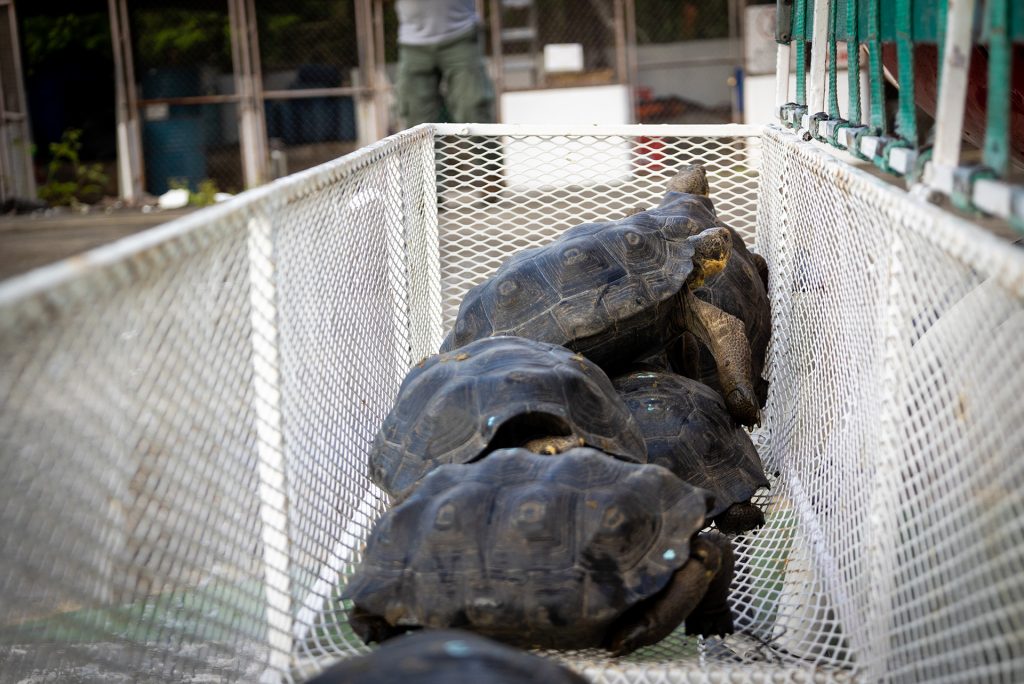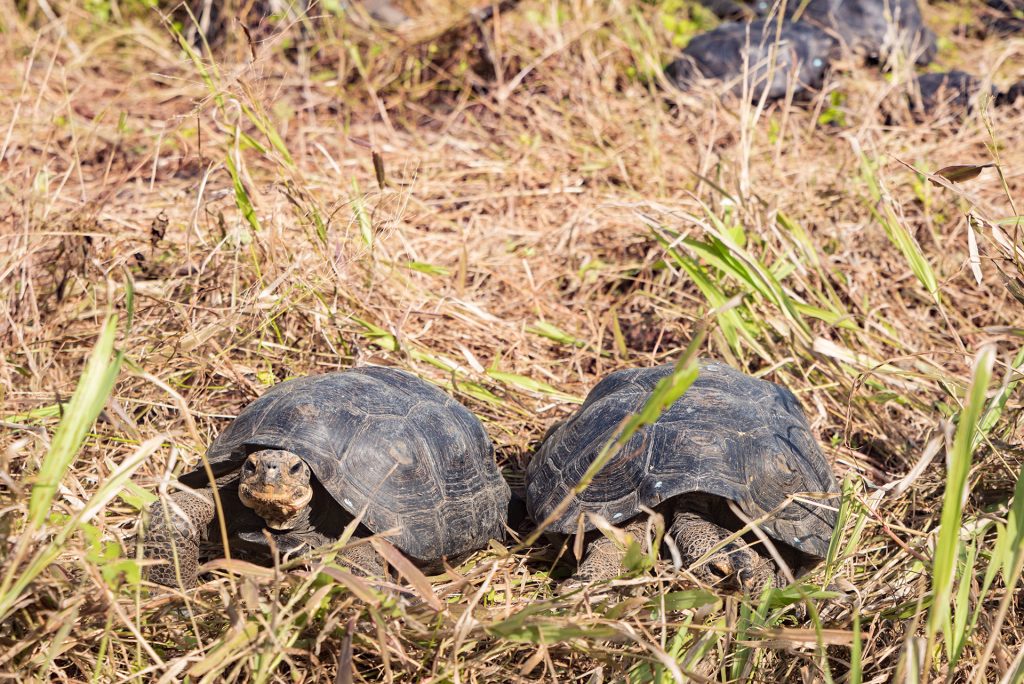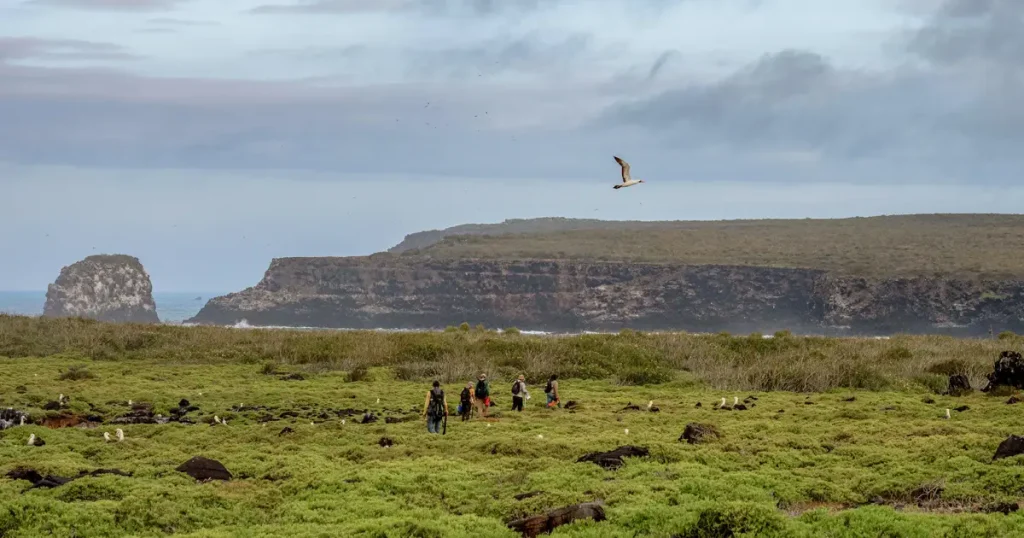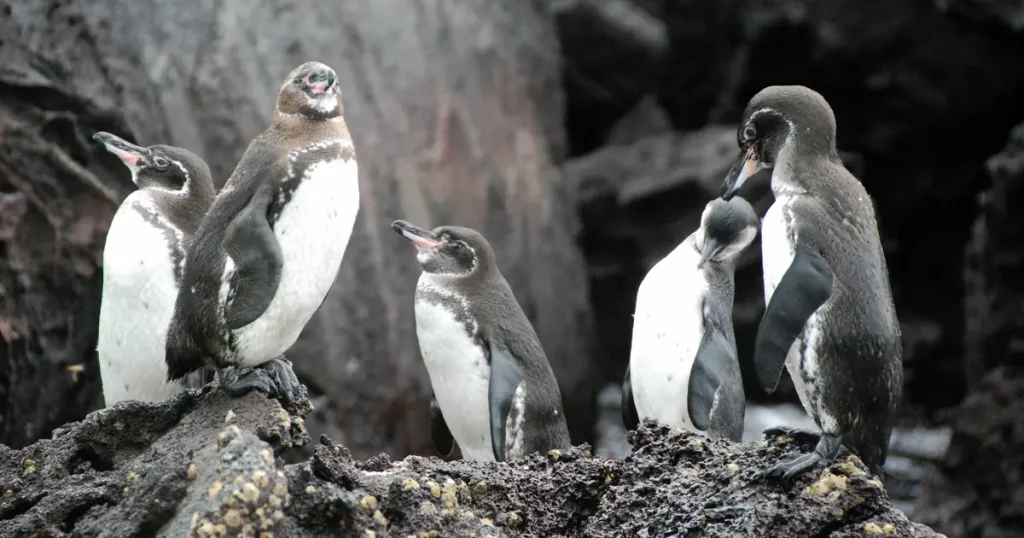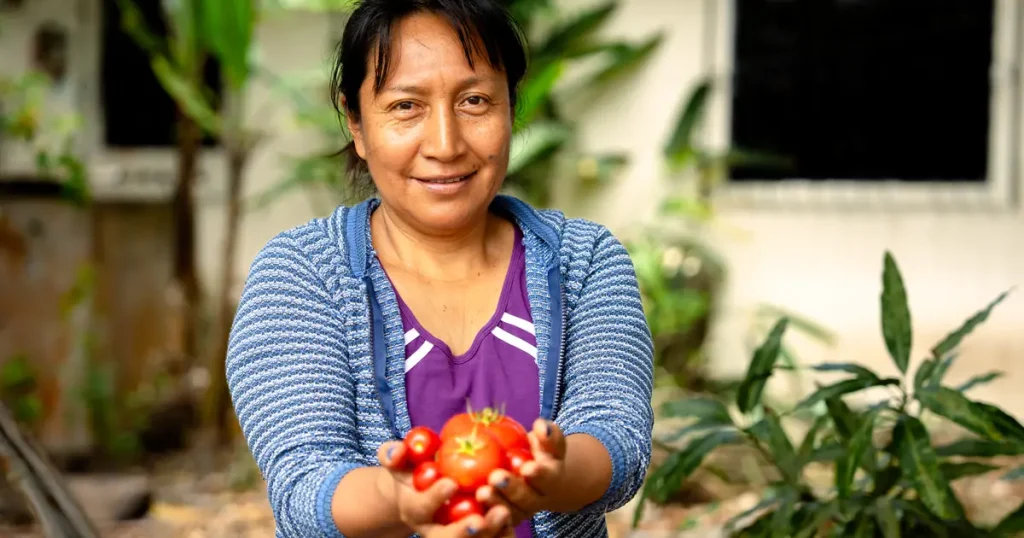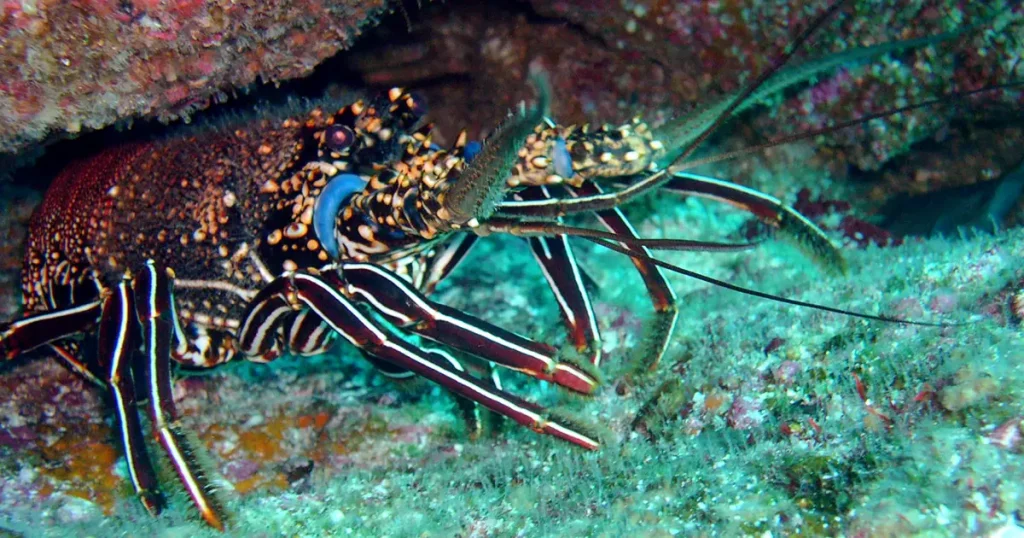Update: Española Giant Tortoise Repatriation
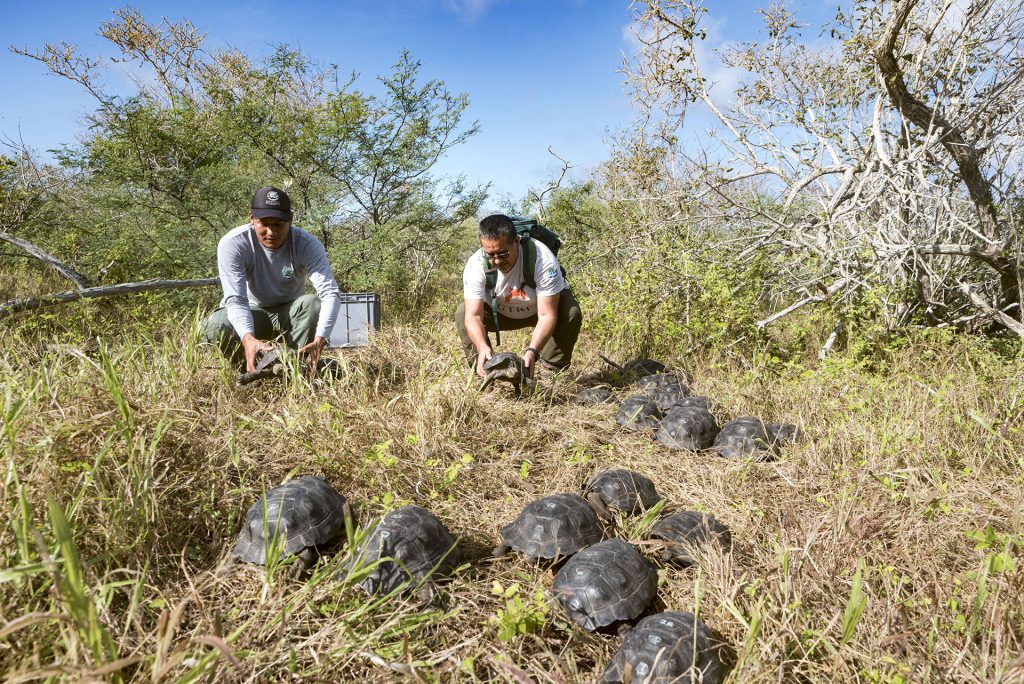
Galápagos is famous for its special flora and fauna, including giant tortoises that have become emblematic of the islands. One of the most endangered species of giant tortoise in Galápagos is the Española Giant Tortoise (Chelonoidis hoodensis), which was almost extinct due to overhunting by whalers and other humans in the 18th and 19th centuries. However, thanks to the efforts of the Galápagos National Park and the support of Galápagos Conservancy in the last decade, the Española Giant Tortoise is making a comeback in its natural habitat.
This species was once widespread on the island of Española, but by the 1960s, only about 15 individuals remained, all living in captivity. The captive breeding program is a complex operation involving the repatriation of tortoises from breeding centers where they were hatched and raised to Española Island. The tortoises are carefully selected based on age, size, and health and undergo a rigorous quarantine period before being transported to the island. Once on Española, the tortoises are released into carefully selected areas that provide suitable habitat conditions. The tortoises are fitted with microchips and regularly checked to ensure their health and survival rate.
Washington Tapia, our tortoise expert and General Director of Conservando Galápagos, says the tortoise repopulation of Española has been — and will continue to be — a key element in the ecological restoration of the island, as their presence helps reestablish ecological processes, including the nesting of one of the archipelago’s endemic birds, the Waved Albatross. With their massive bodies and prodigious appetites, giant tortoises clear the woody vegetation from areas that albatrosses use as runways to take off and land. Without these runways, their nesting would not be possible.
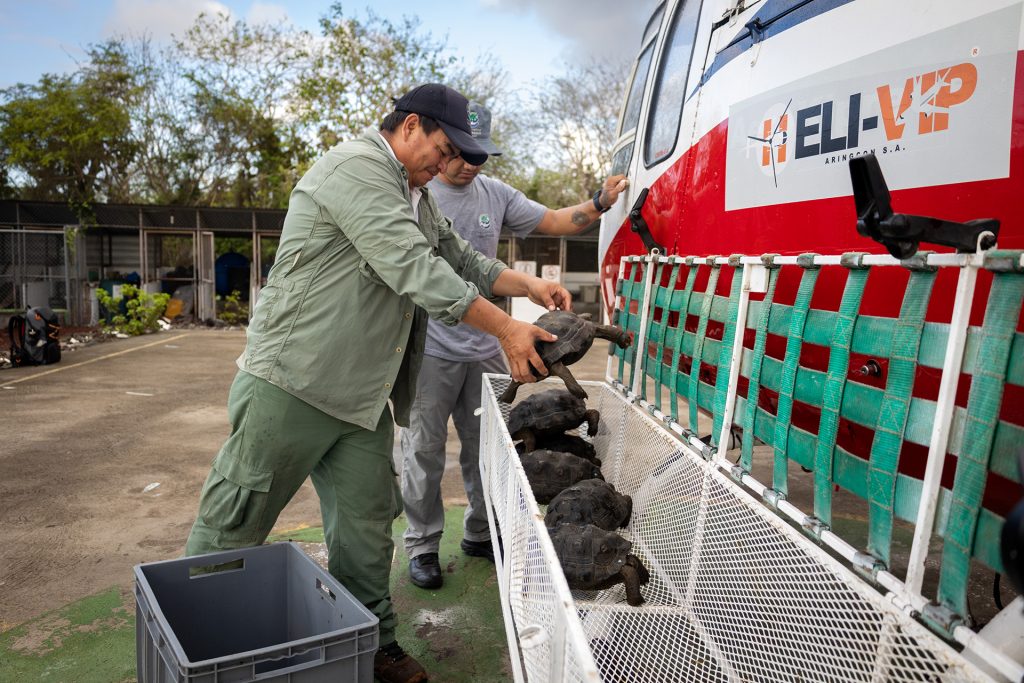
Galápagos Conservancy has played a crucial role in supporting this restoration program, providing funding and expertise during the last 10 years to help ensure its success. This is one of the world’s great conservation success stories, soon to come to a fruitful conclusion as the final tortoise repatriations are made to the island, with 86 of the last captive-reared tortoises recently released there. The repatriation of the Española Giant Tortoise to its natural habitat is a testament to the power of conservation efforts to protect the unique biodiversity of Galápagos for future generations.
